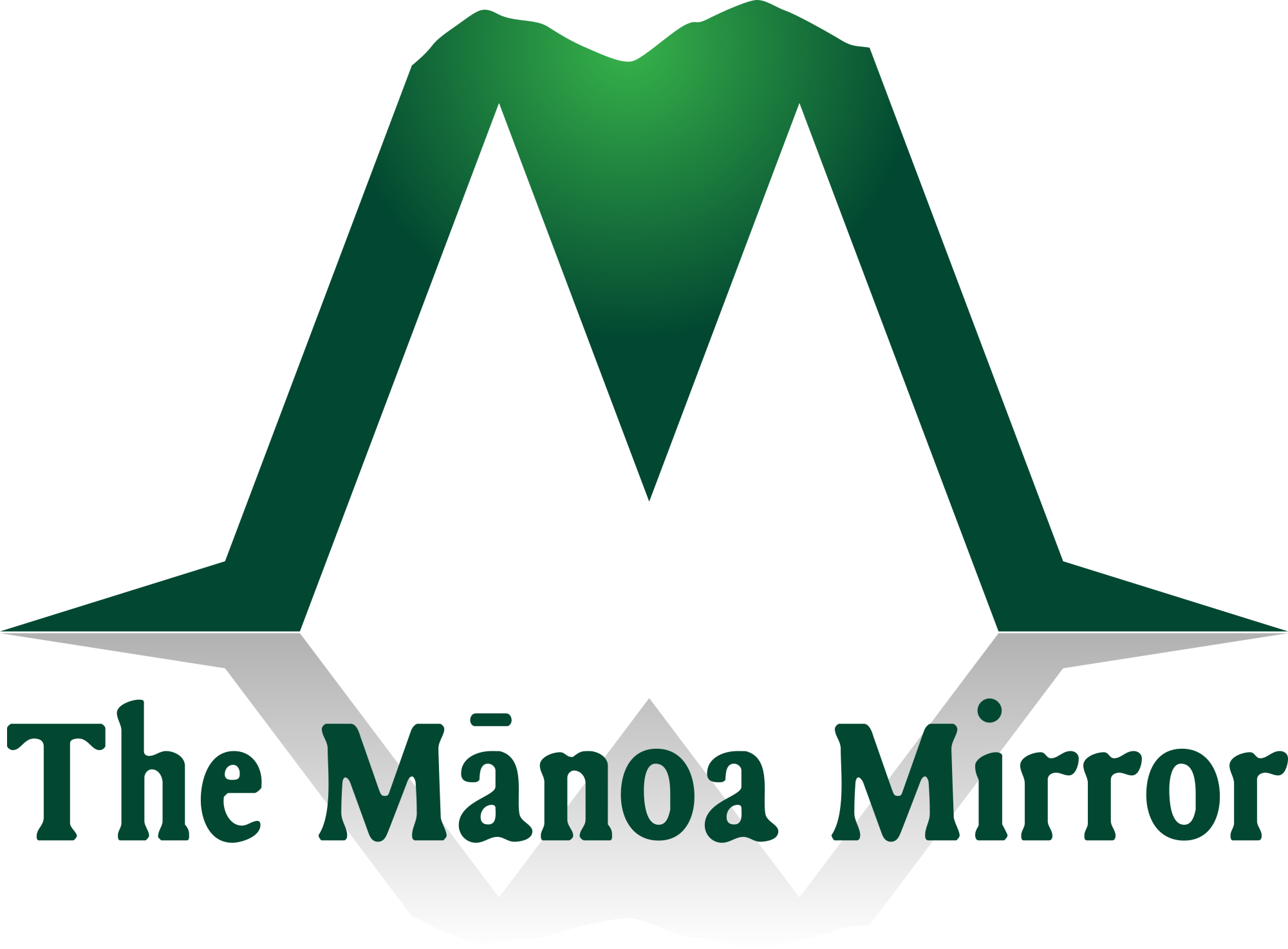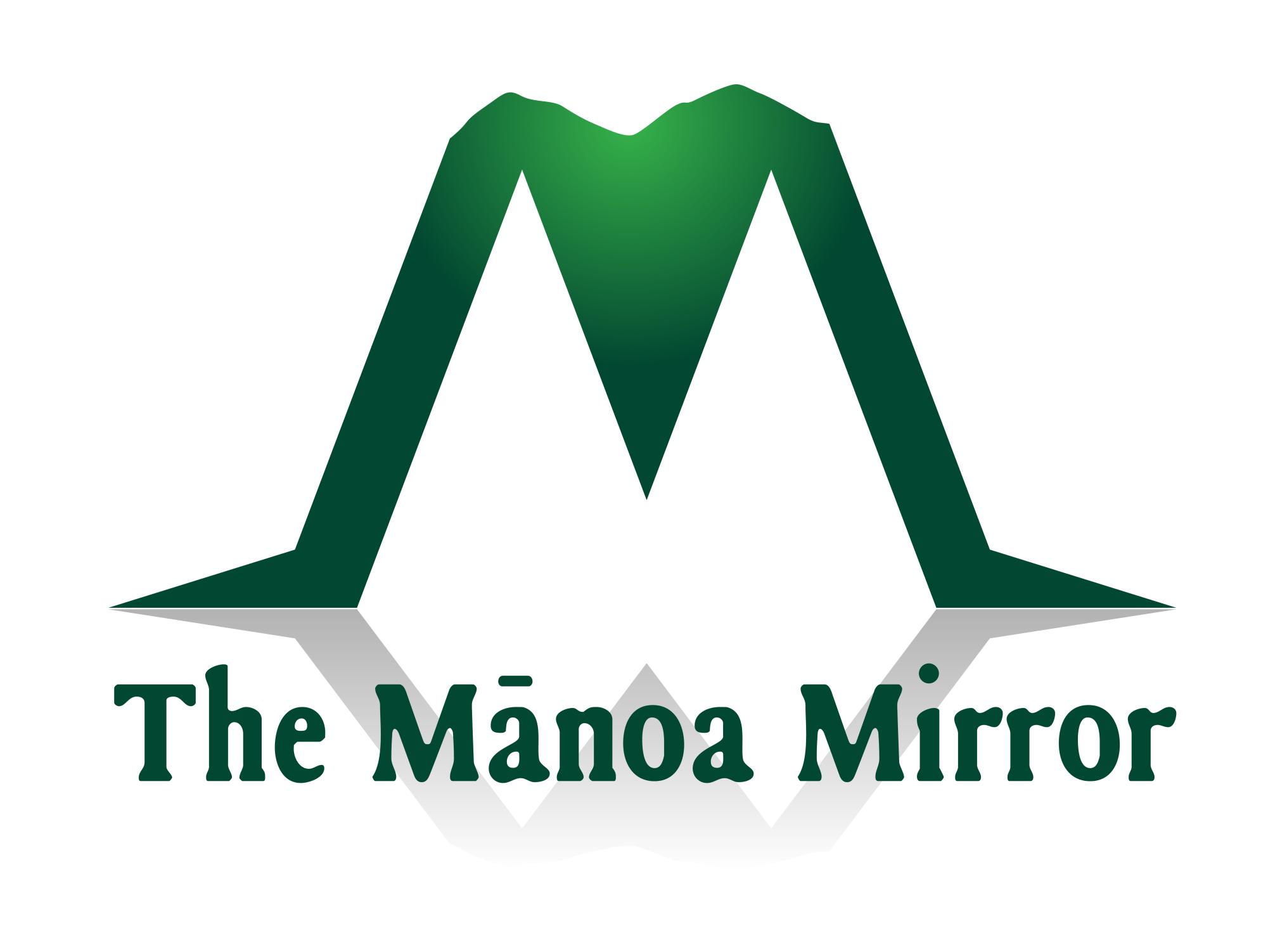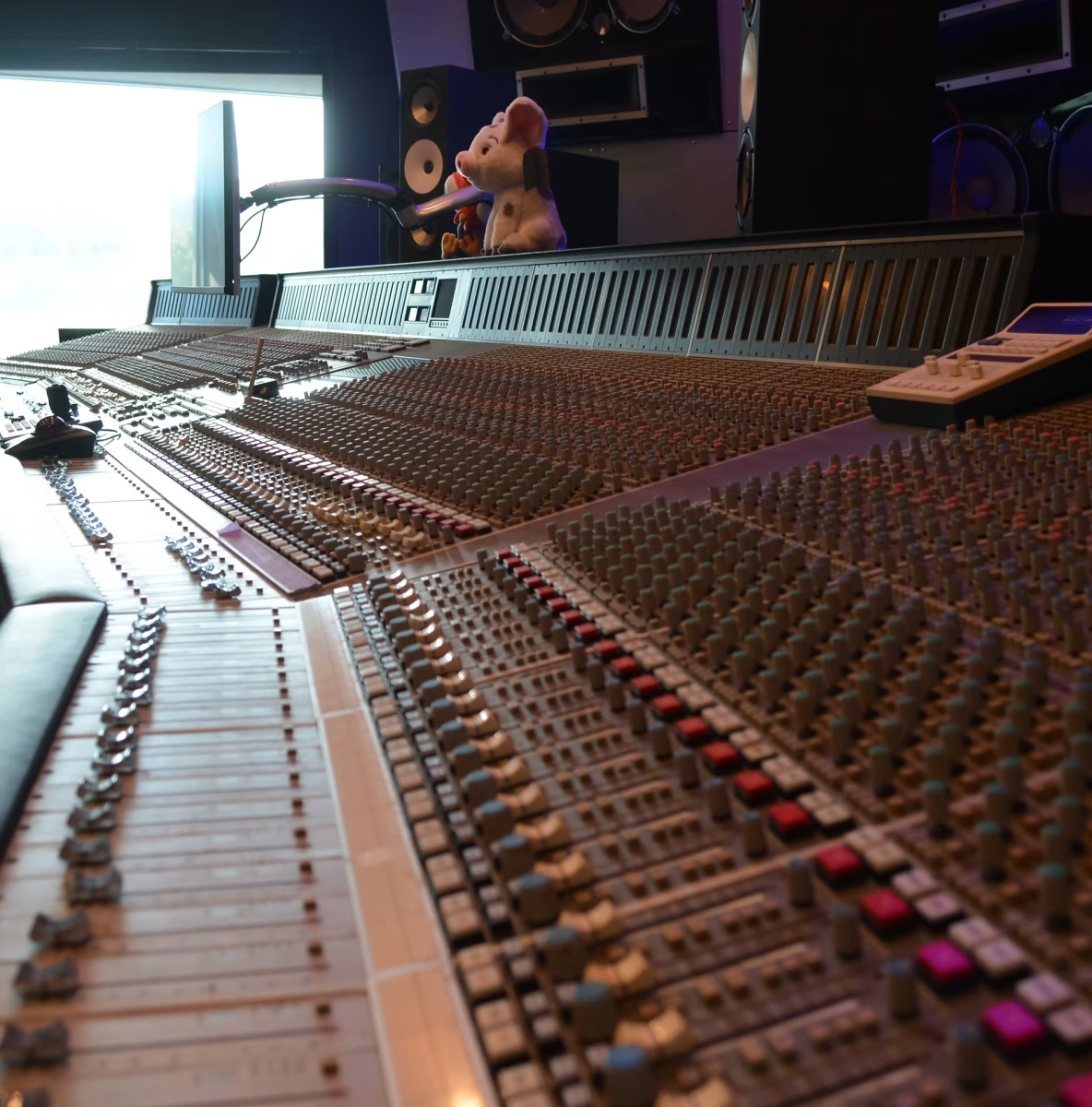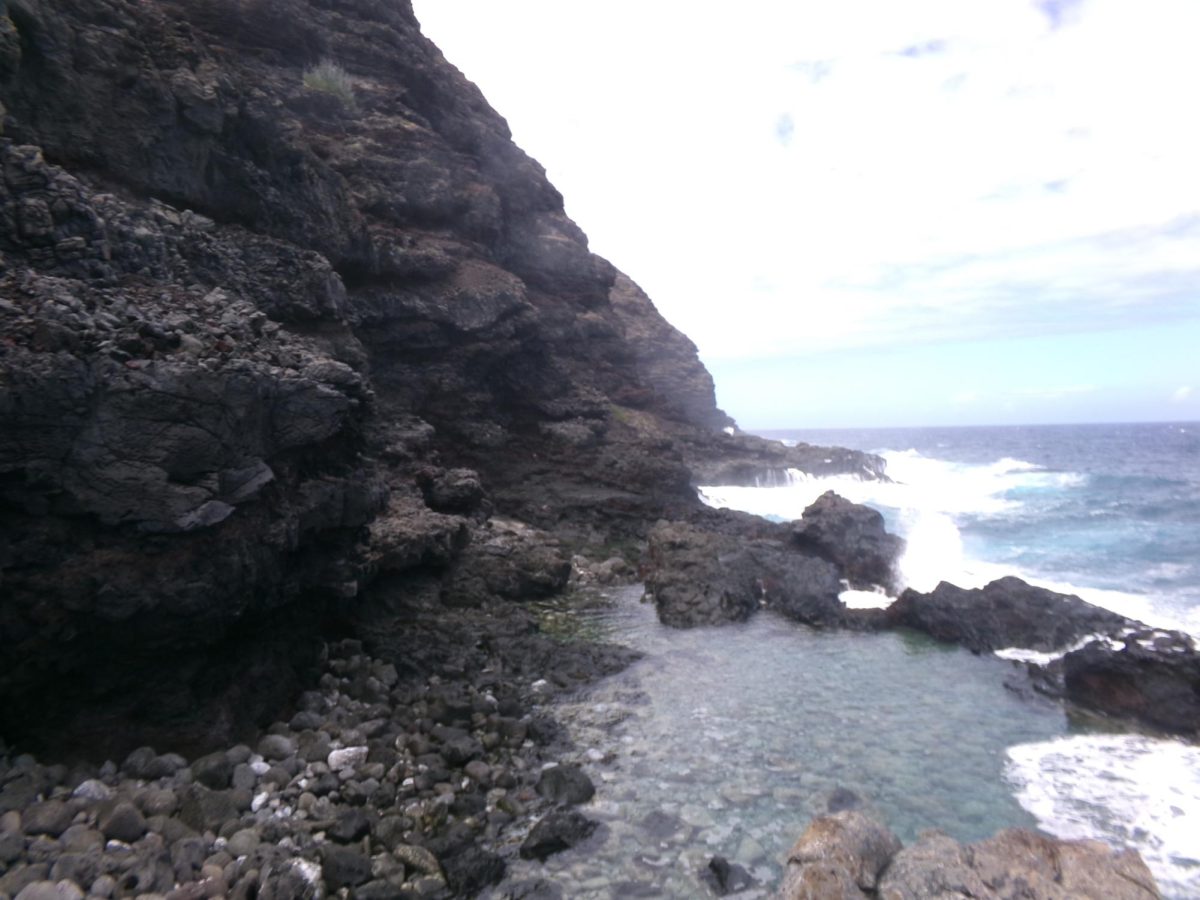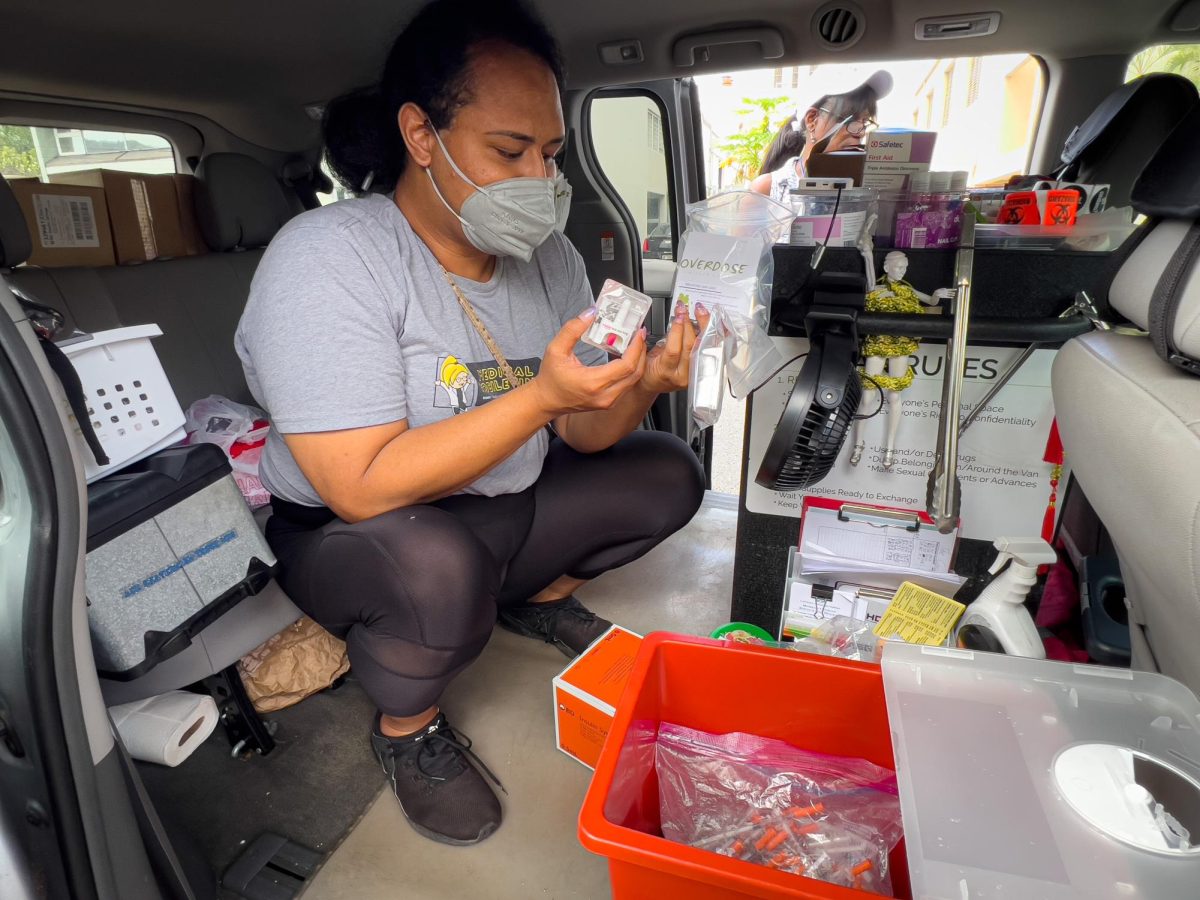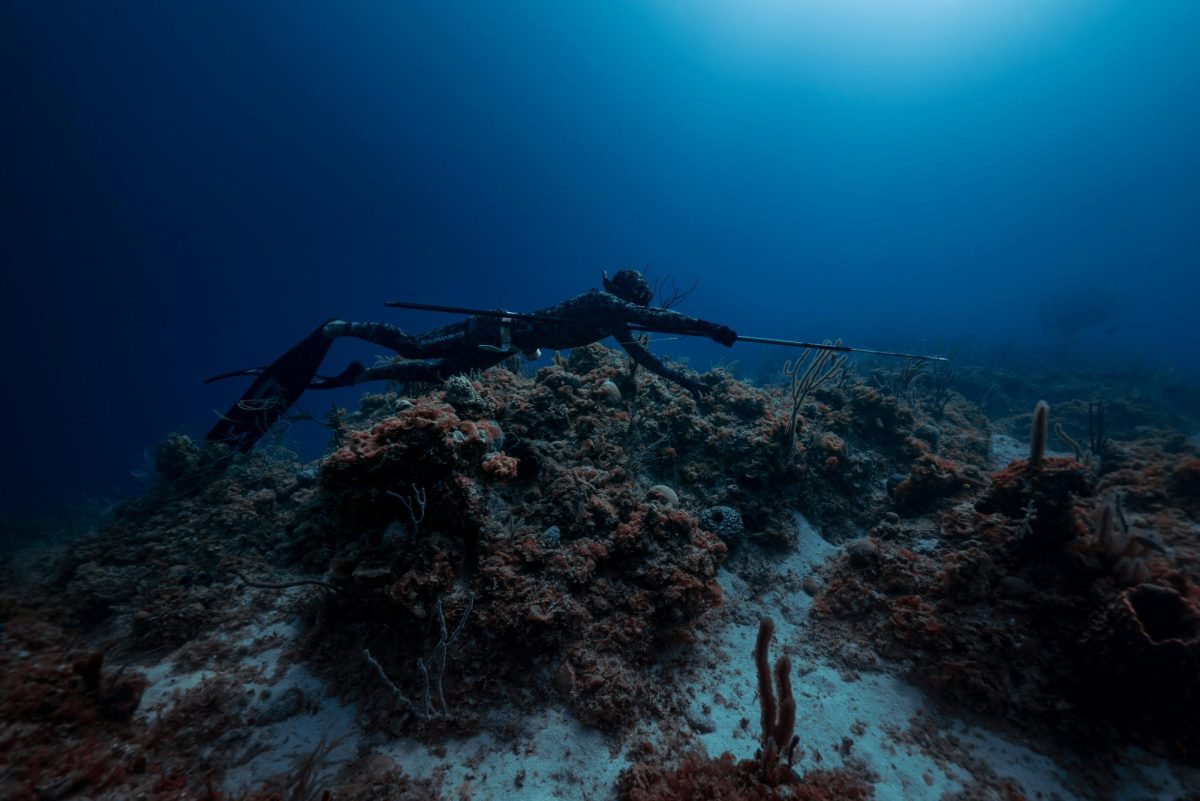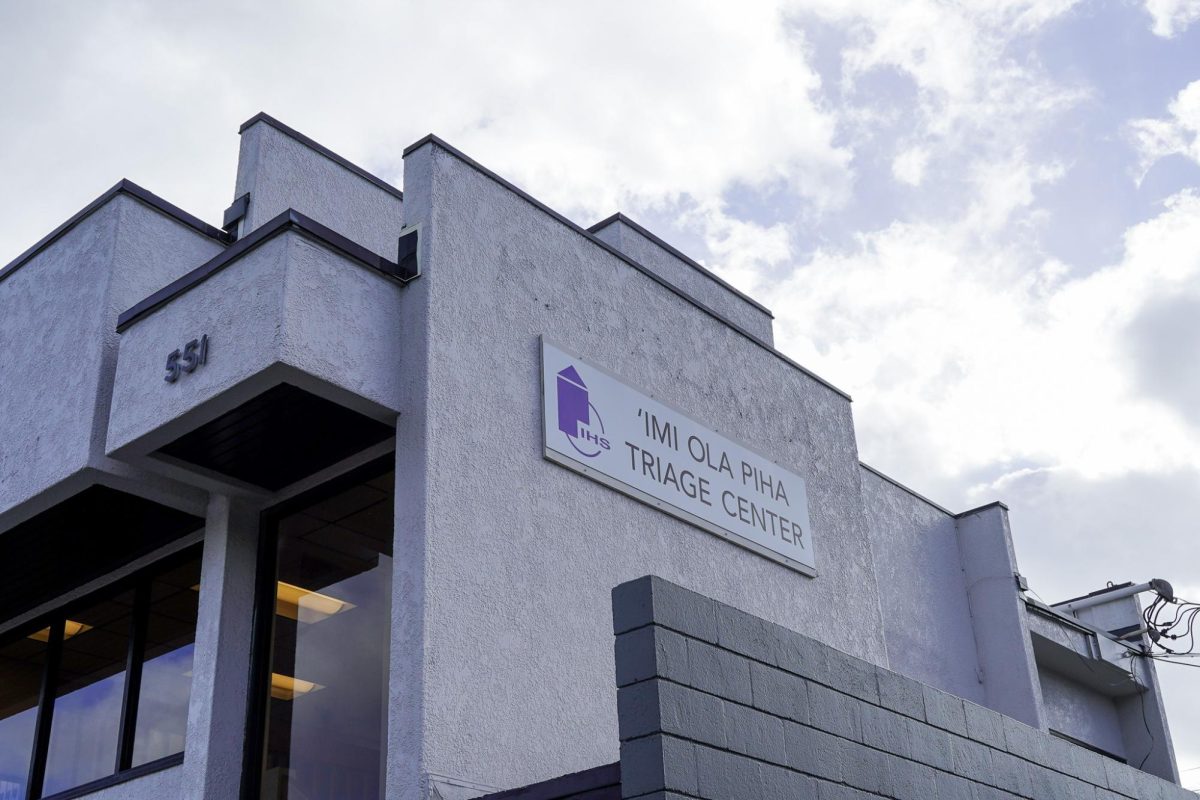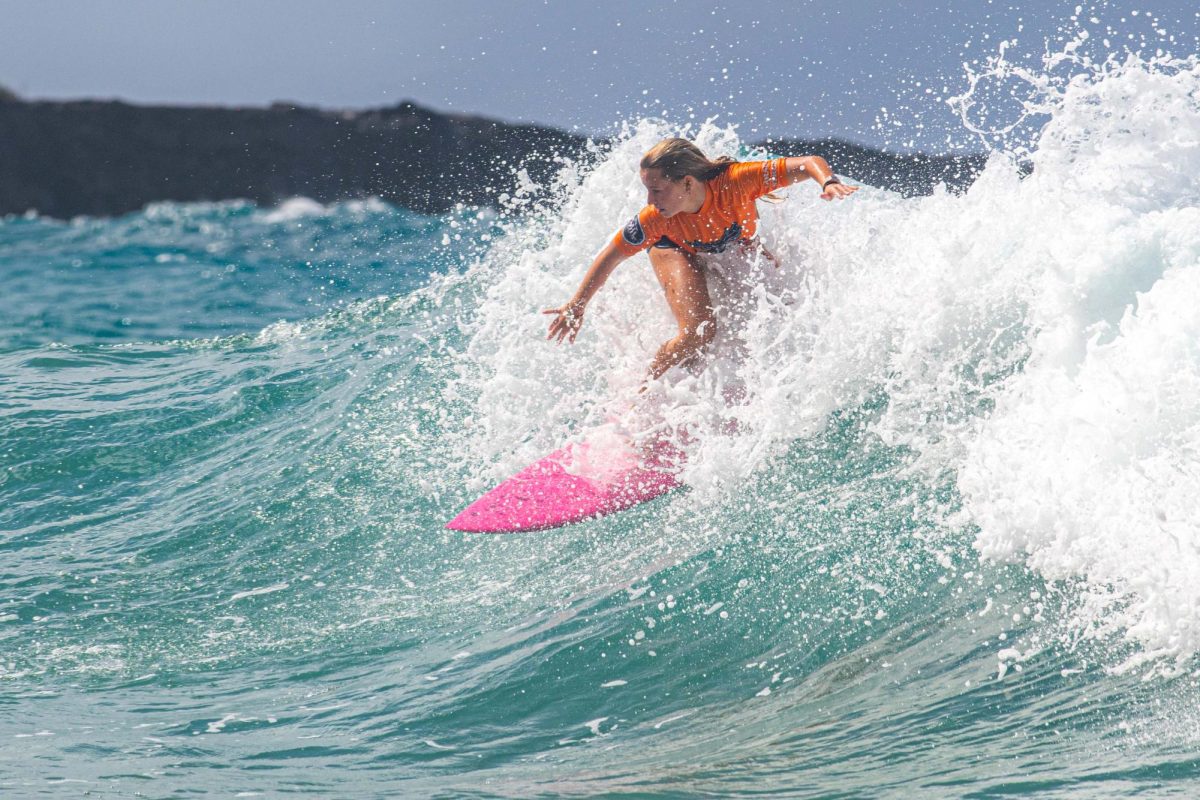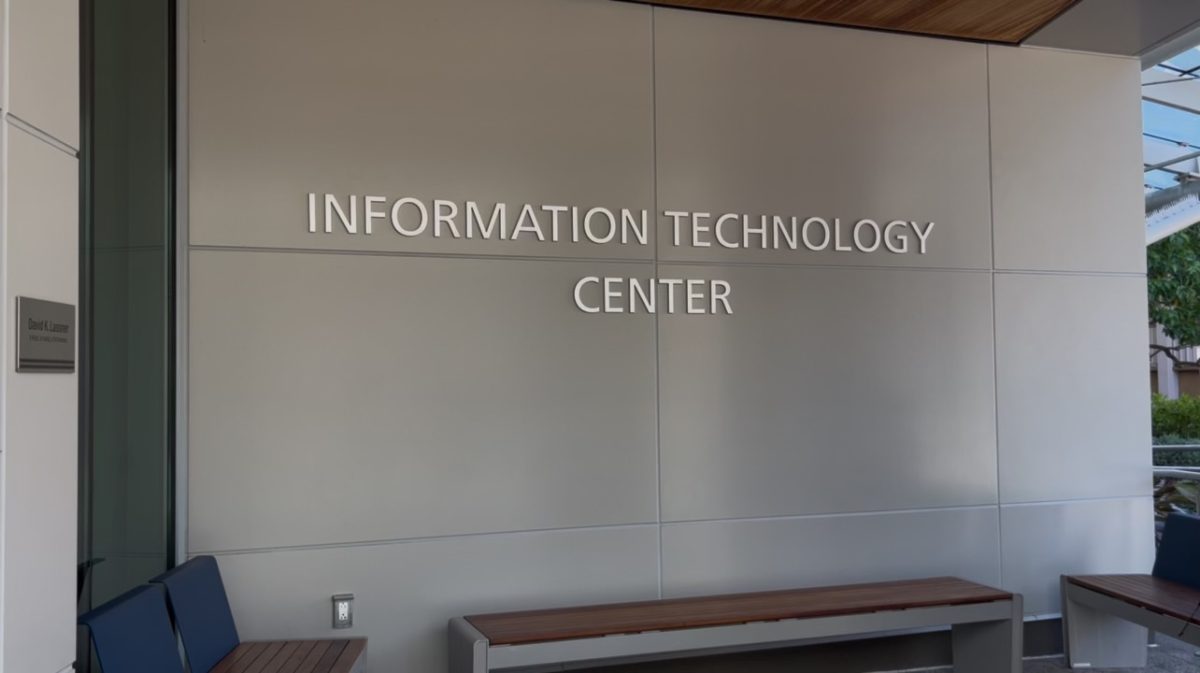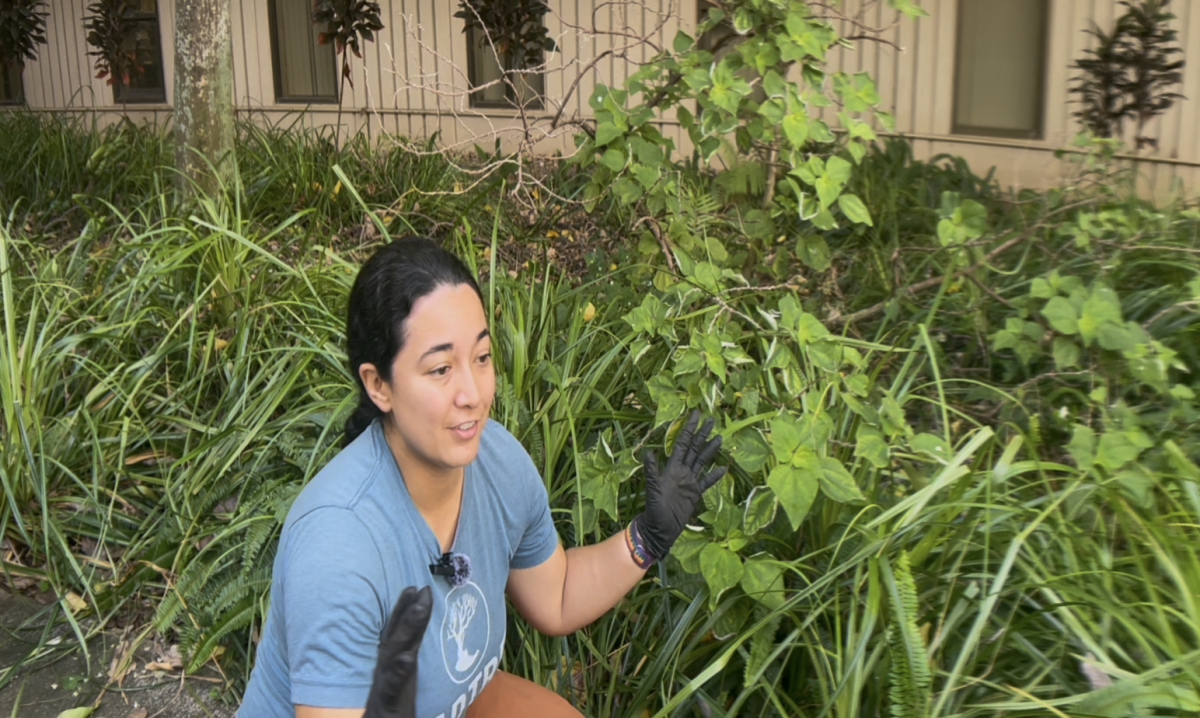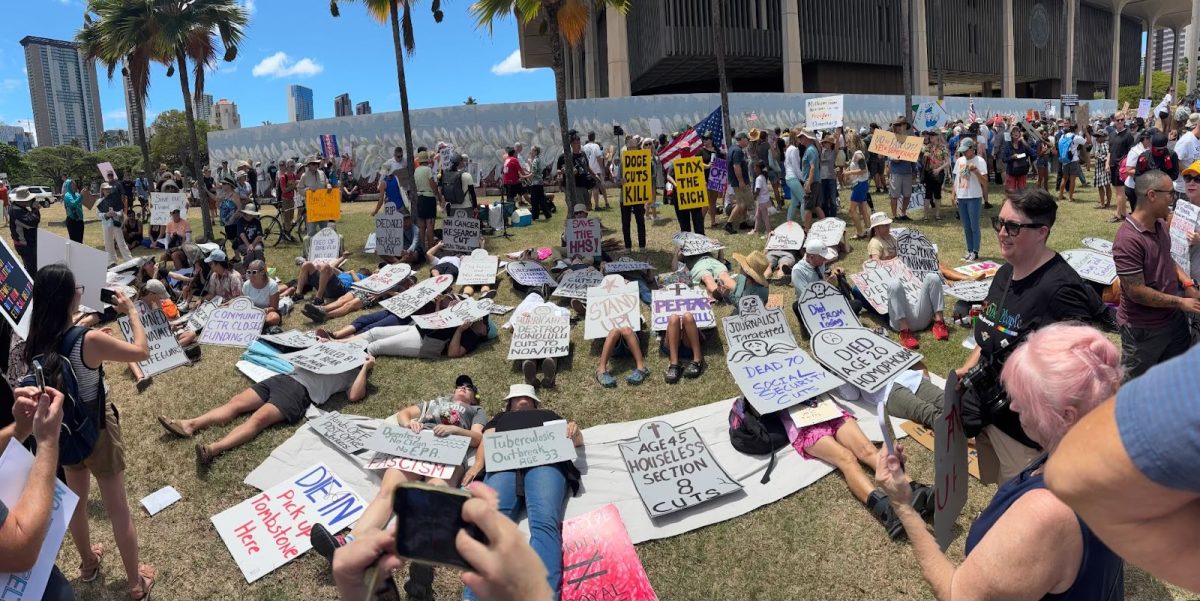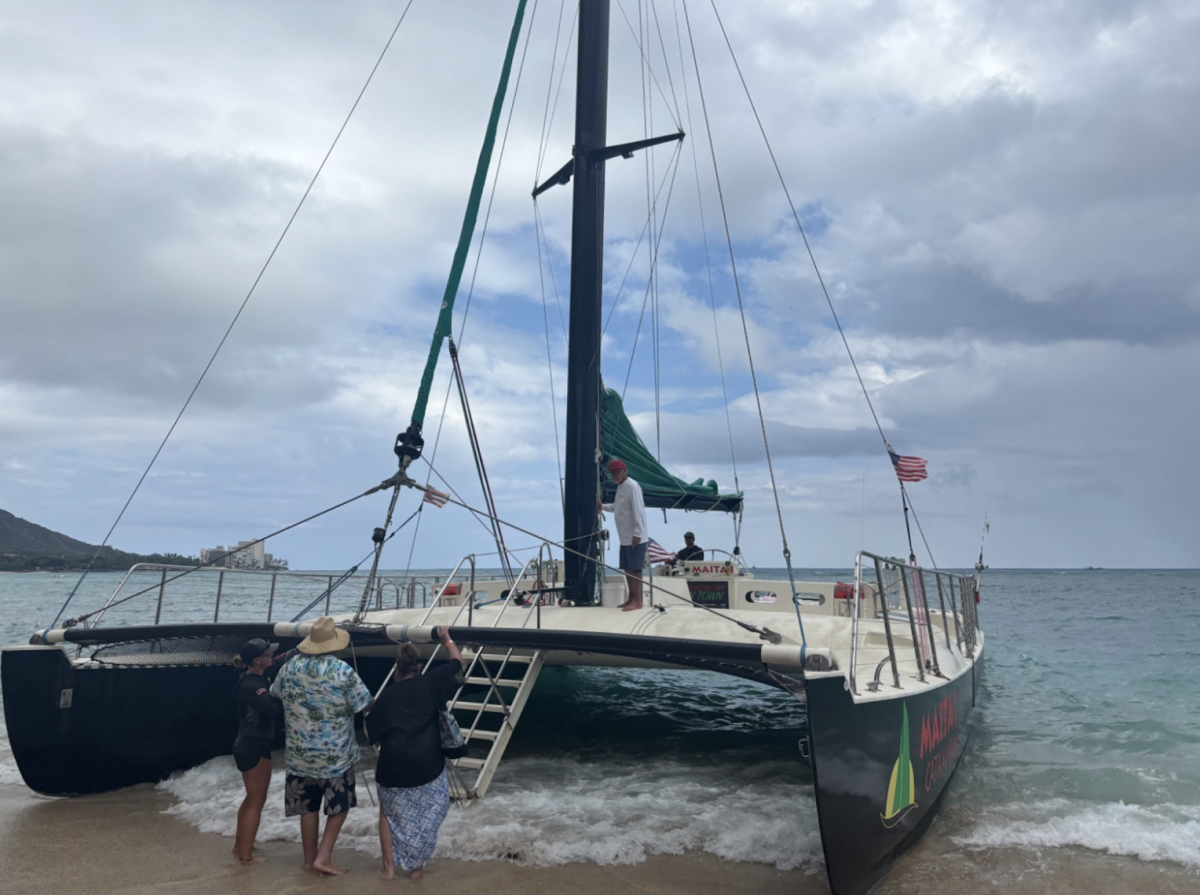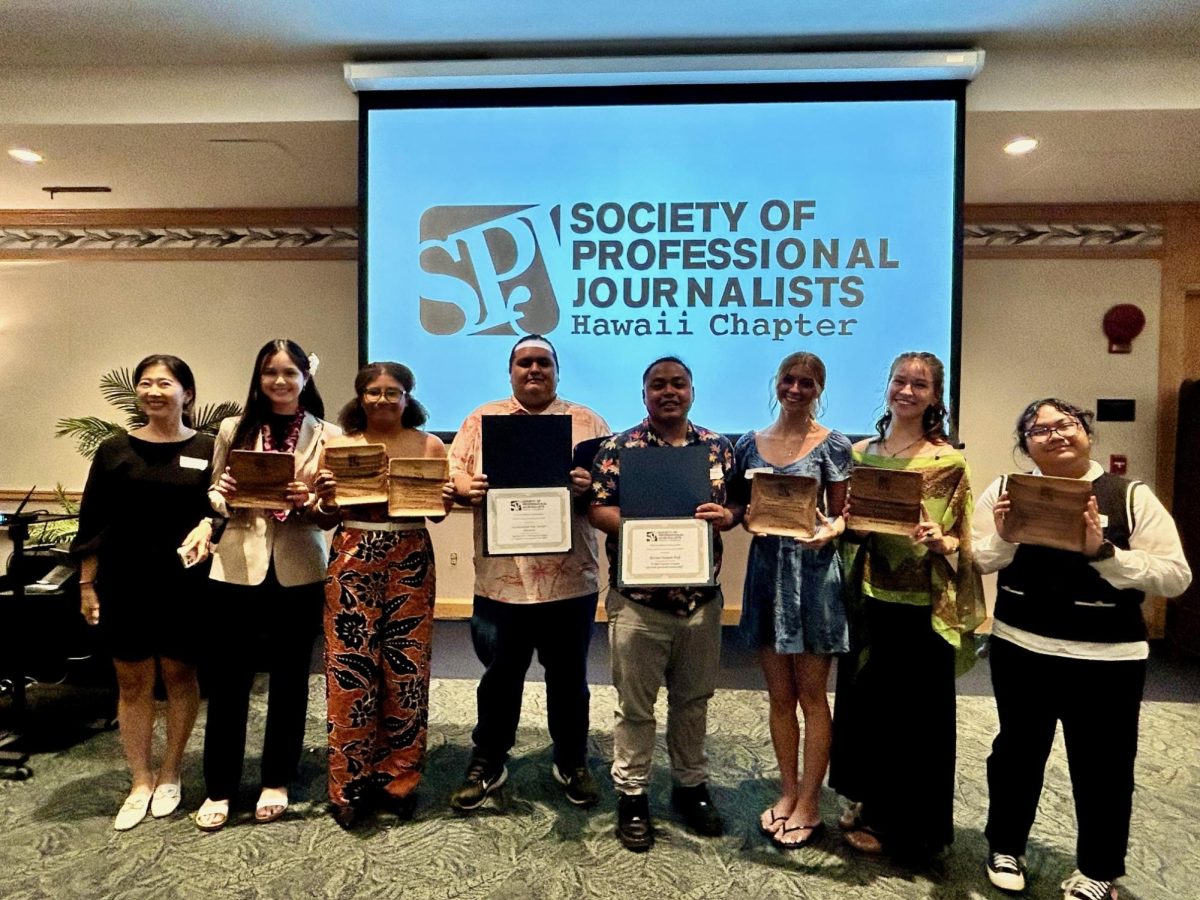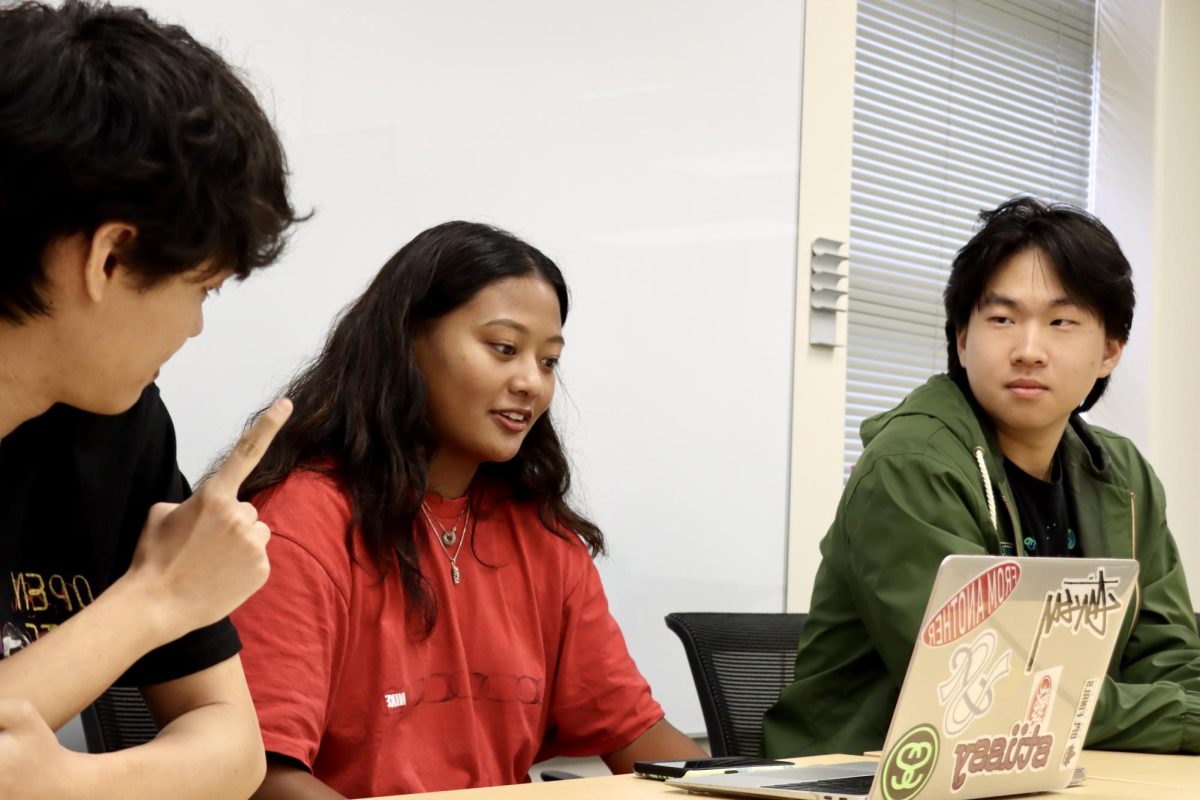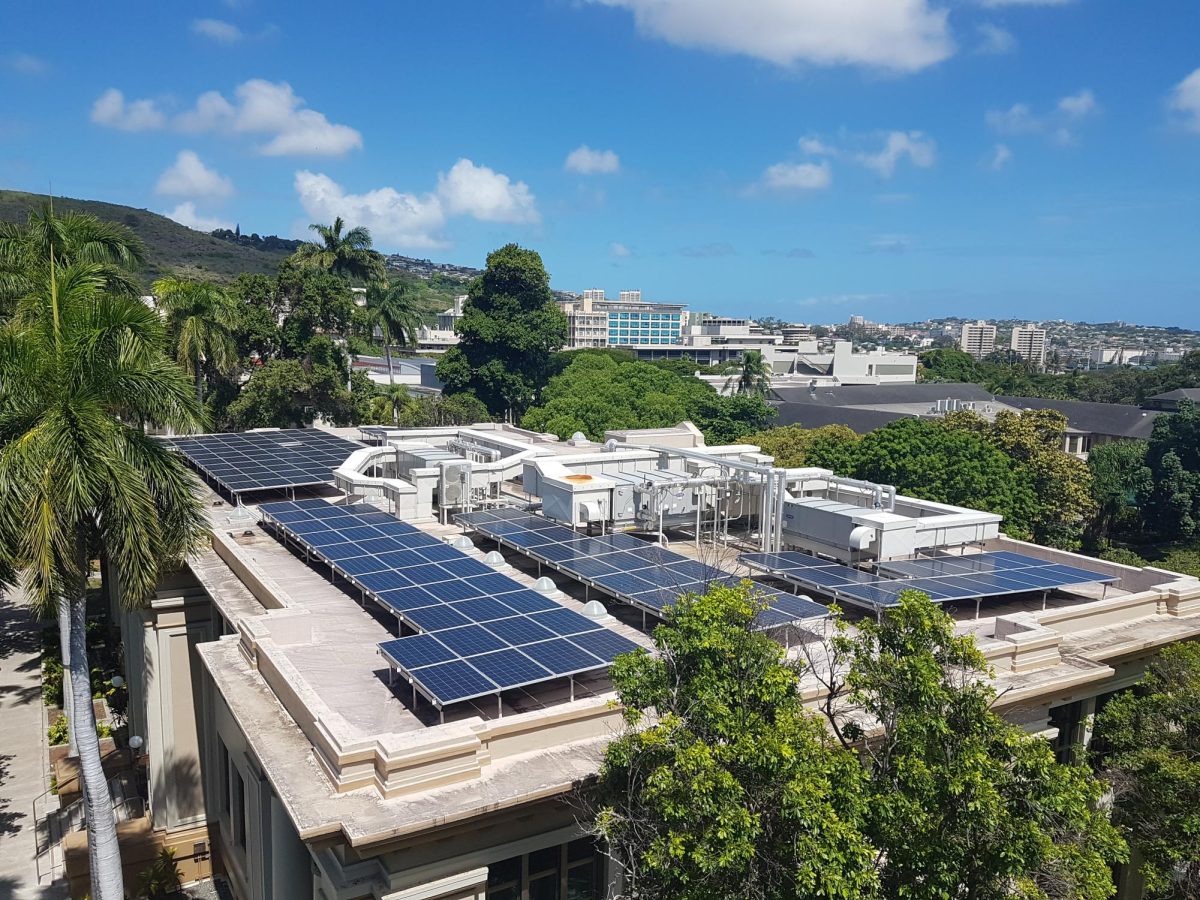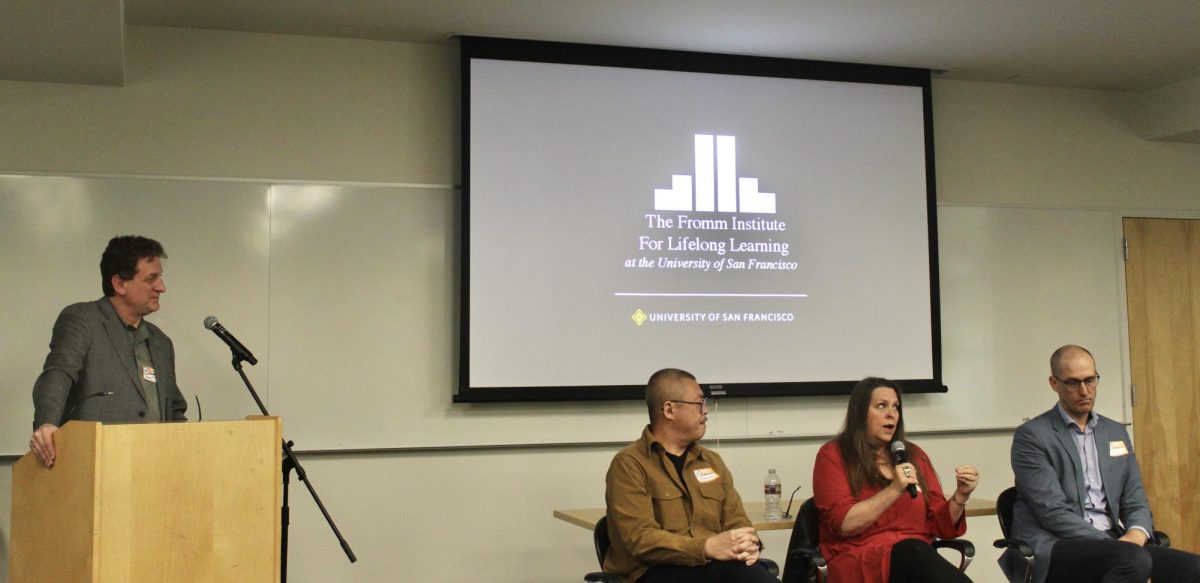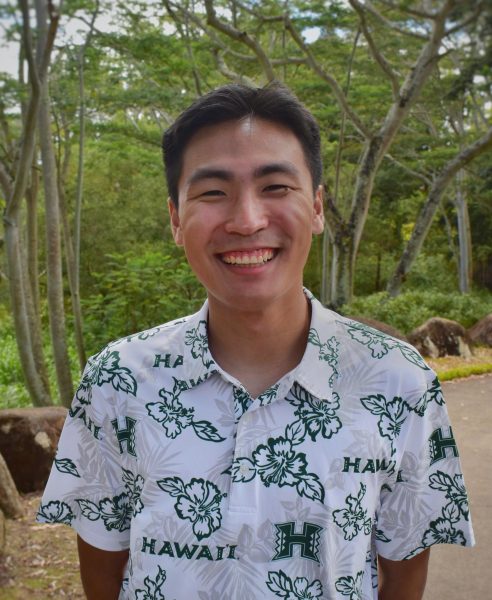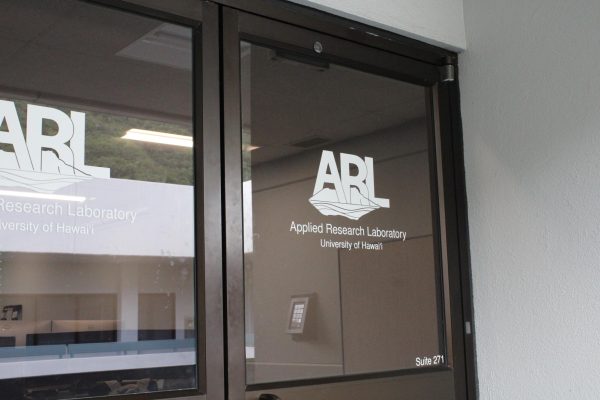
On December 9, a contract between the UH Applied Research Lab (ARL) and the U.S. Navy was officially renewed for another 10 years with up to $285 million in funding from the Navy, leaving supporters and opponents looking to the future.
The laboratory was launched in 2008, in conjunction with the U.S. Navy, becoming the fifth University Affiliated Research Center (UARC). Since then, the lab has secured over $175 million in research funds. While the Navy provides a vehicle for funding, the lab still remains primarily a UH entity.
“As a University of Hawai’i directorate, we have a responsibility towards the state and toward the local community to bring to bear solutions for challenges that affect our island archipelago,” said Joshua Baghdady, a research engineer at the ARL.
The renewal process was met with strong opposition most notably from the University’s own student body government, who passed a student senate resolution to end the contract.
Opponents say their concerns stem from some of the lab’s classified research and the Navy’s poor track record in the state, like their handling of the Red Hill fuel leaks.
“I don’t trust the Navy just because all their information is classified, so it sounds like they’re hiding something, and they didn’t handle the information with Red Hill and that incident very well,” said Sarah Arios, a UH West Oahu psychology student.
Others say if the partnership between UH and the Navy continues, it must remain mutually beneficial without the detriment of one side or another.
“It should never be at a cost of forgoing what the Native Hawaiian community sentiments are about certain things,” said Hinaleimoana Wong-Kalu, the cultural ambassador for the Council for Native Hawaiian Advancement. “The problem is not having a relationship. The problem is when that relationship requires there to be more of a parasitic type relationship.”
Baghdady calls the relationship a partnership that benefits the community and future generations. The lab accounts for up to $20 million of the entire university’s research funding, driving projects like the Rapid Resilient Reefs for Coastal Defense, which works to prevent coastal degradation through innovative solutions.
“The purpose of that is to enhance coastal defense along areas where there are ingress of water, sea level rise, king tides, overturning events, and overwash that have rendered a lot of coastlines very vulnerable to sea level rise and climate change,” Baghdady said.
There were also concerns of basic employment and job security if the contract failed to renew because the lab collaborates with community and university entities that span across the state and all 10 UH campuses.
With the laboratory’s partnership with the U.S. Navy set to continue for at least another decade, both sides look to the future.
“I know the lab is going to be here for 10 more years, but we should find a solution that benefits everyone, including those who oppose it and the Hawaiian community,” Arios said.
“If done right, the Applied Research Laboratory can be a part of that nexus and be critical to informing solutions that go both ways and that provide mutual benefit to all,” Baghdady said.
